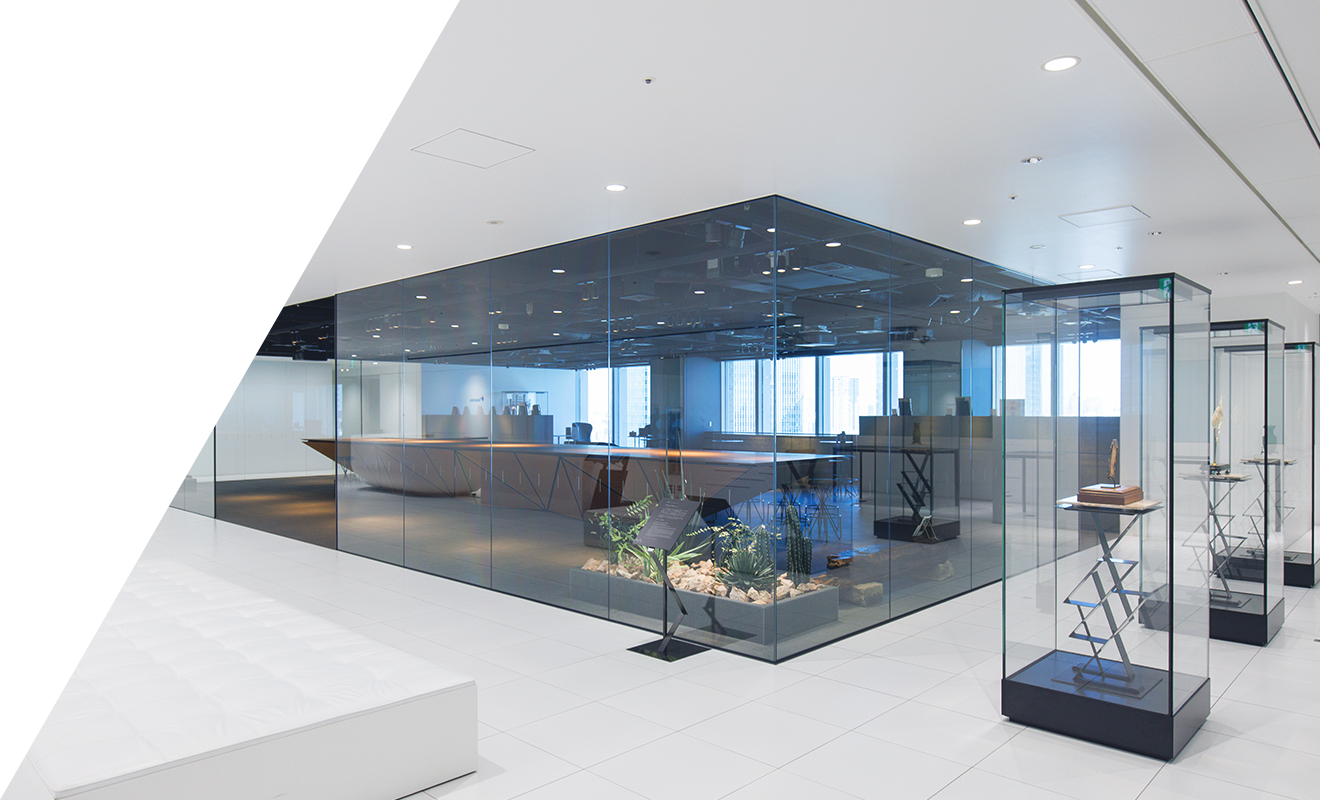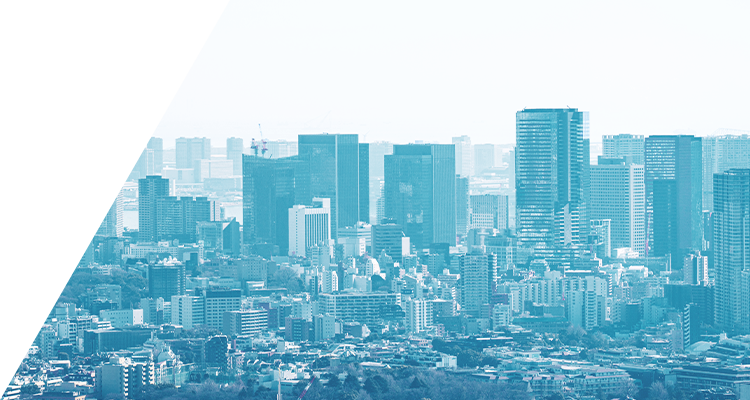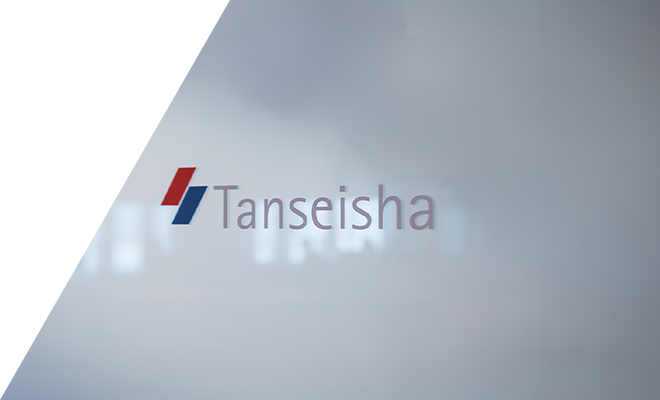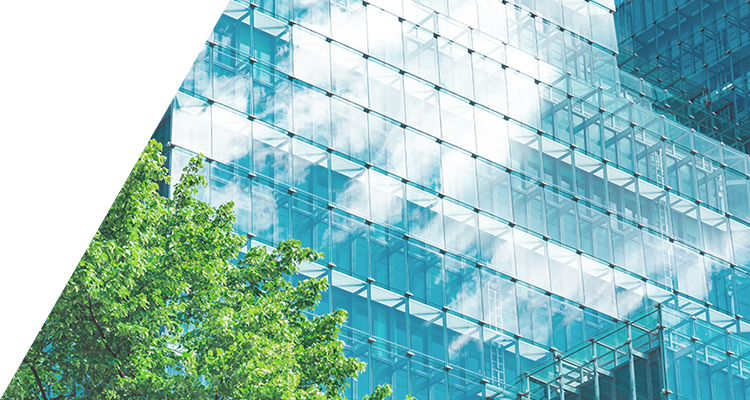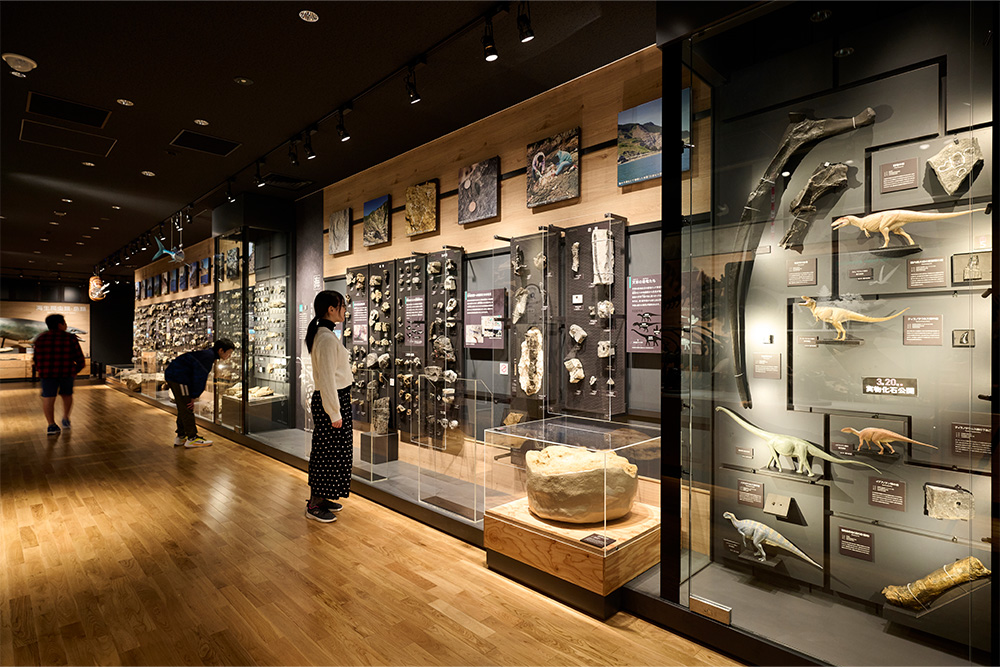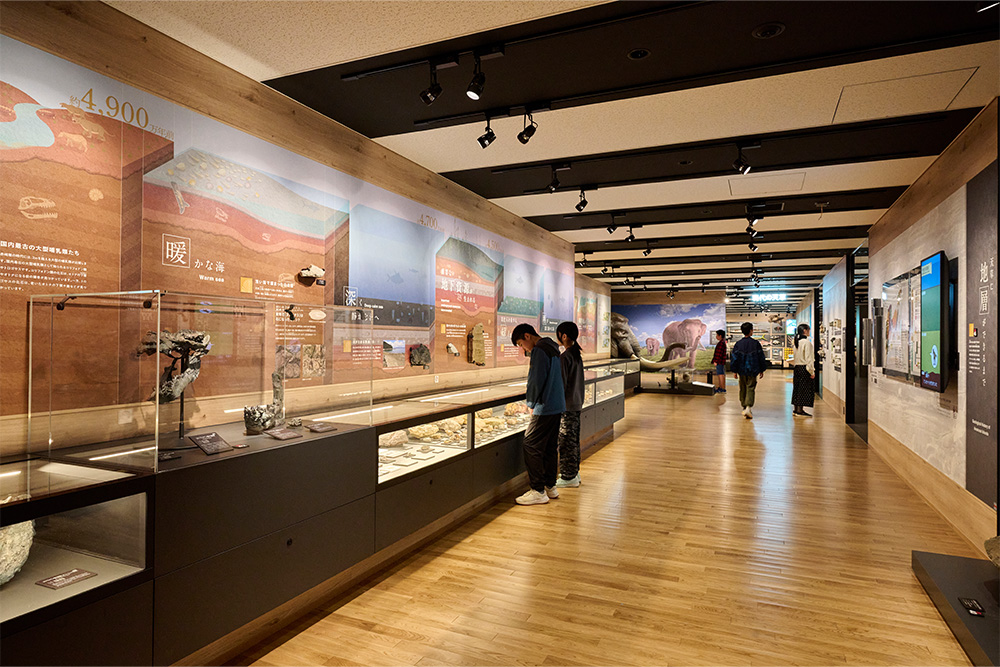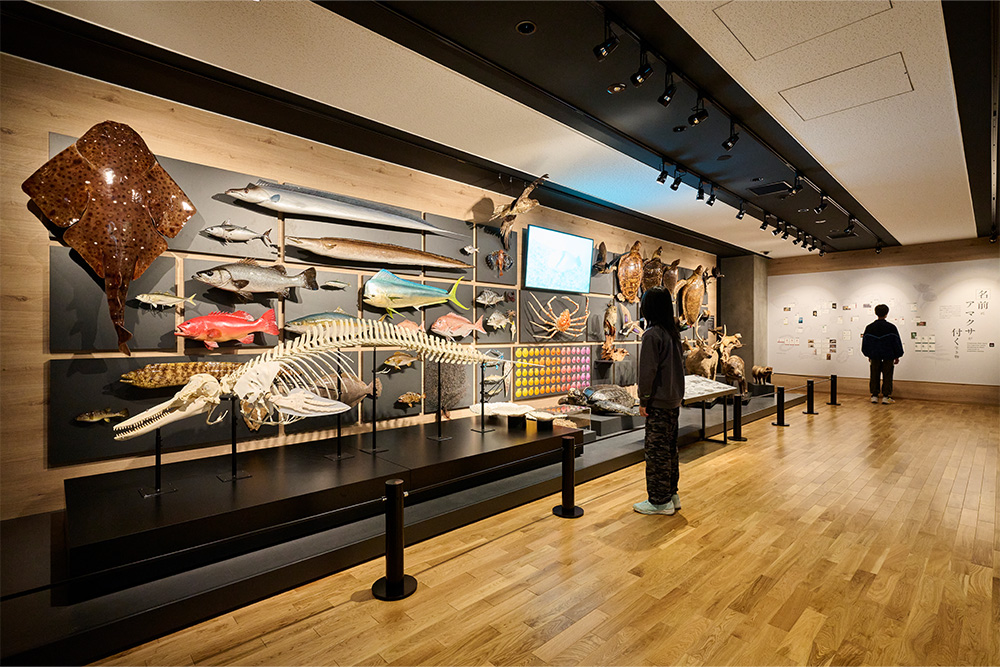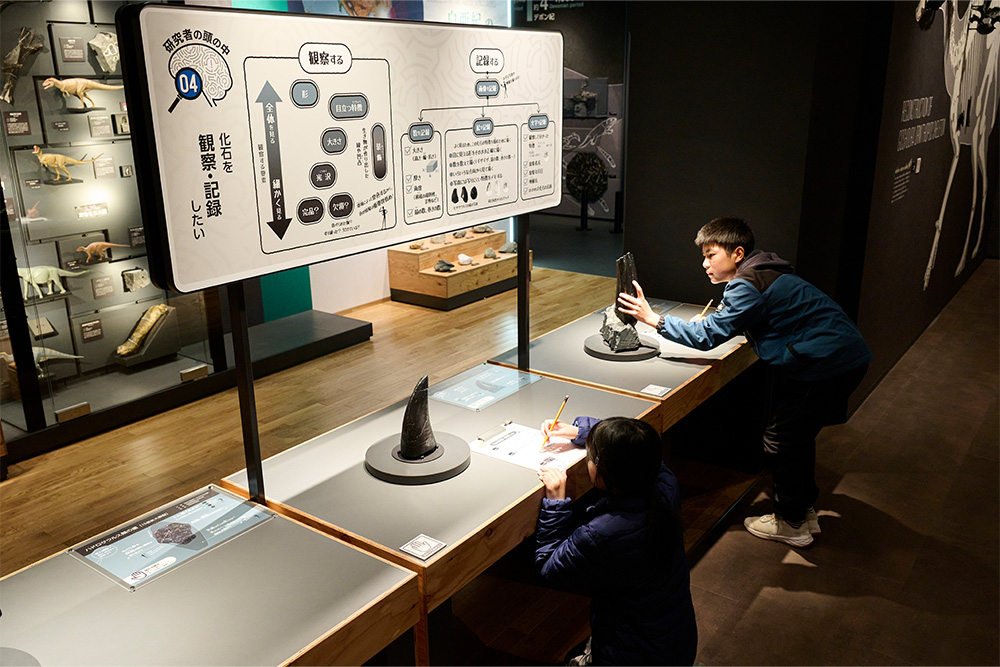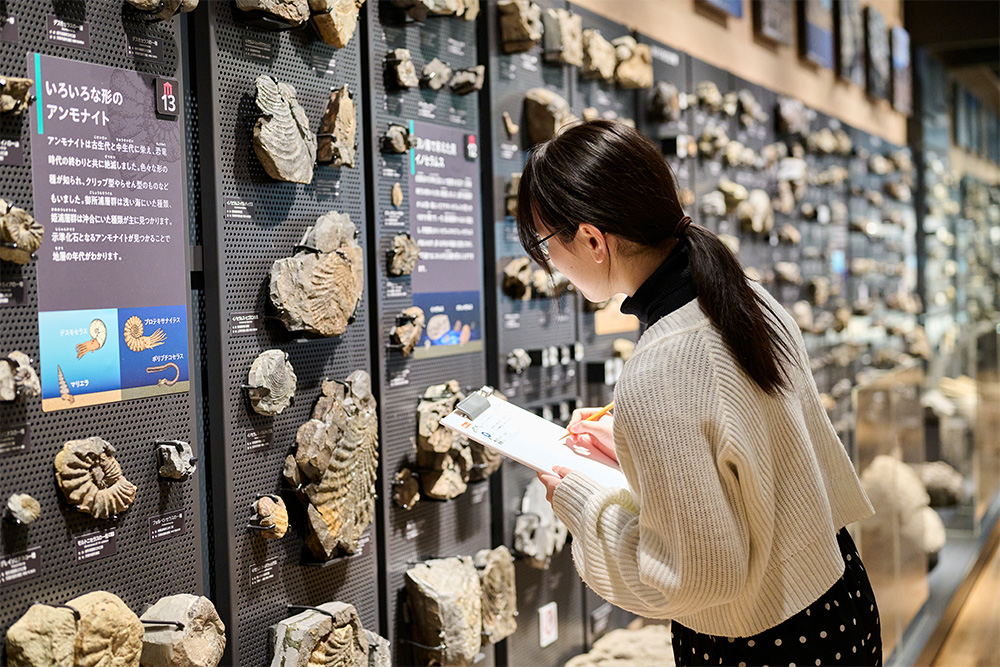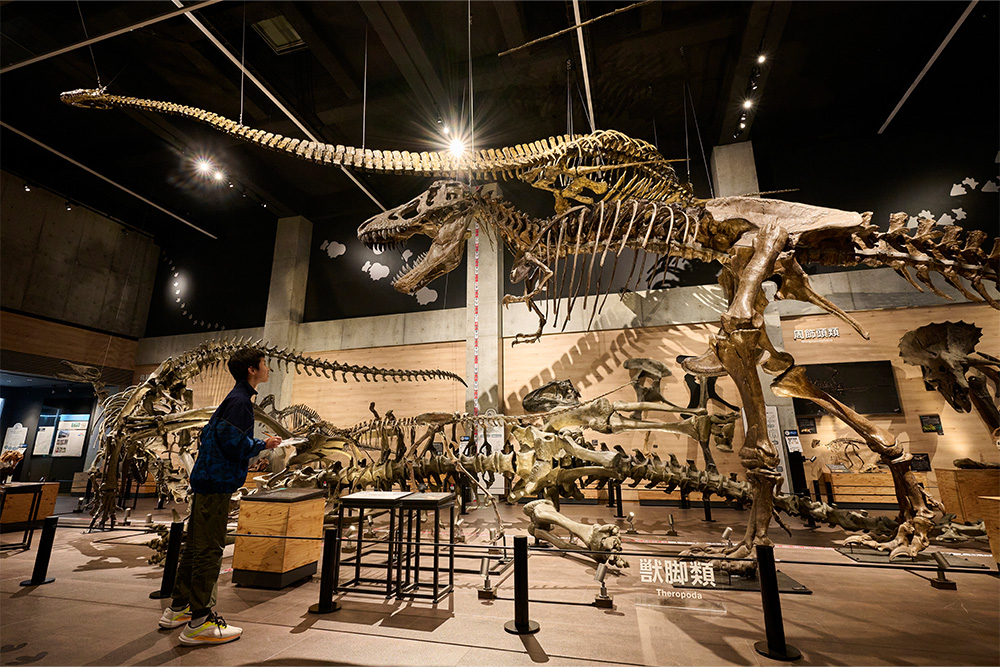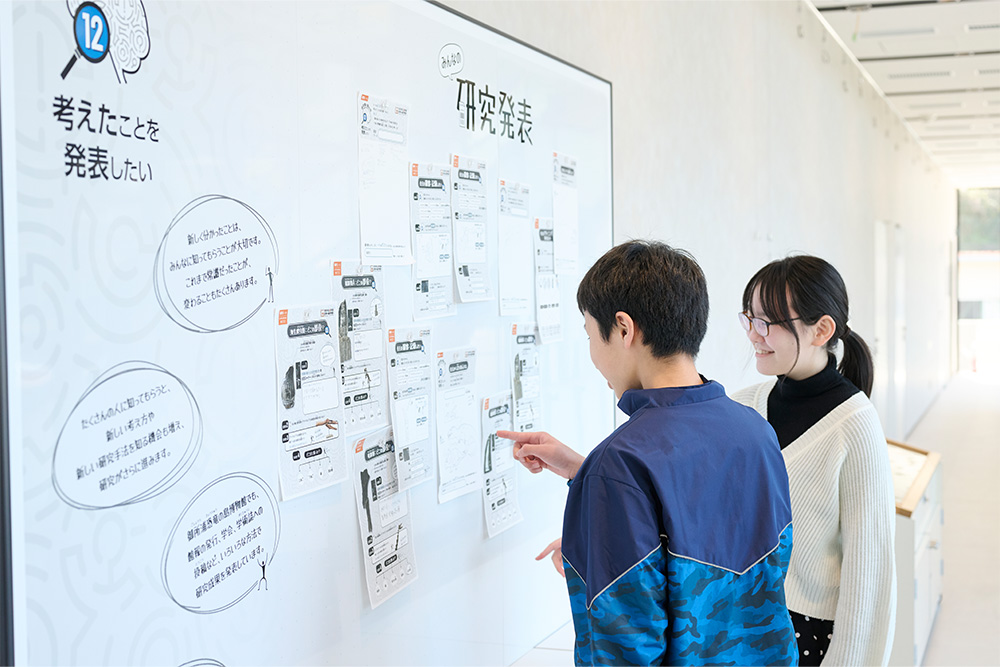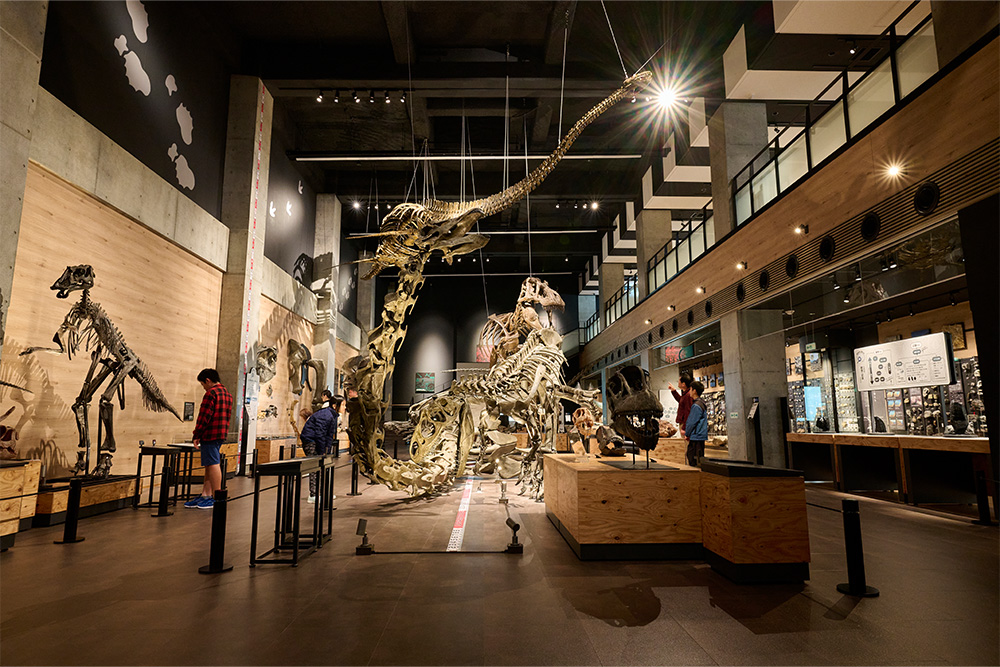Site Search
- TOP
- Project Details
- List of achievements
- Amakusa City Goshoura Dinosaur Island Museum
Amakusa City Goshoura Dinosaur Island Museum
A base facility for fossil collection and nature observation on the island, where fossils on Amakusa can send you back to the ancient world
- Cultural Spaces
Photography: RISE DESIGN
About the Project
| Overview | Located on the remote island of Goshoura, this newly renovated natural history museum is built on strata from the Cretaceous period, when dinosaurs lived, and allows visitors to immerse themselves in the ancient world. The renewal aimed to provide a museum experience that allows visitors to enjoy the exhibits in depth, as if they were "staying at a homestay" on the island. The museum also serves as a base for fossil collection and nature observation on the island, and serves as a sending off point for island tours. |
|---|---|
| Issues/Themes | Taking advantage of the museum's unique location, the museum will focus on the fossils found locally in Amakusa, which are the main focus of the exhibits, and create a space and experience that allows visitors to take their time to enjoy looking at the exhibits. |
| Space Solution/Realization | The original experiential learning "Inside the Mind of a Researcher" panel, which uses a brain map motif, allows visitors to get a real look at the researchers' thoughts, which are hidden behind the exhibits in conventional museums. In addition, by using the "Research Sheets (12 corners, 17 types in total)" with the Amakusa fossils as the research theme, we have created a system where visitors can relive the full-scale research process using exhibits such as fossils, models, and captions as clues. |
Basic Information
| Client | Amakusa City |
|---|---|
| Services Provided | Facility Concept Planning, Display Planning, Design, Layout, Production, Construction |
| Project Leads at Tanseisha | Direction: Koichi Shinohara Display Planning: Mugiko Komatsuda Design, Layout: Toshitaka Ogura, Noriaki Kuroda Production, Construction: Koji Sakata, Ryuji Ejima Project Management: Kenji Nakagawara, Ichiro Kato |
| Awards | "Amakusa City Goshoura Dinosaur Island Museum: Inside the Mind of a Researcher" "18th Kids Design Award" Design category for fostering children's creativity and opening up the future "43rd Display Industry Award (2024)" Display Industry Excellence Award |
| Location | Kumamoto Prefecture |
| Opening Date | March 2024 |
| Website | https://goshouramuseum.jp/ |
| Tag |
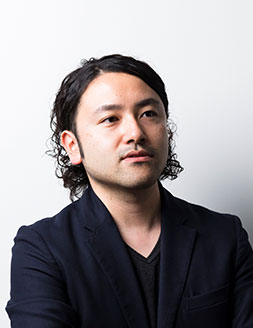
Direction
Koichi Shinohara
He is mainly in charge of planning information, experiences, and communication in museums and other cultural facilities, as well as exhibitions at cultural events. In recent years, he has been actively involved in creating spaces on themes that are socially trending both in Japan and overseas, such as nature, the environment, sustainability, and Japanese culture, including manga. He is a part-time lecturer at Shizuoka University.
Main Achievements
*The shared information and details of the project is accurate as of the date they were posted. There may have been unannounced changes at a later date.
Related Achievements
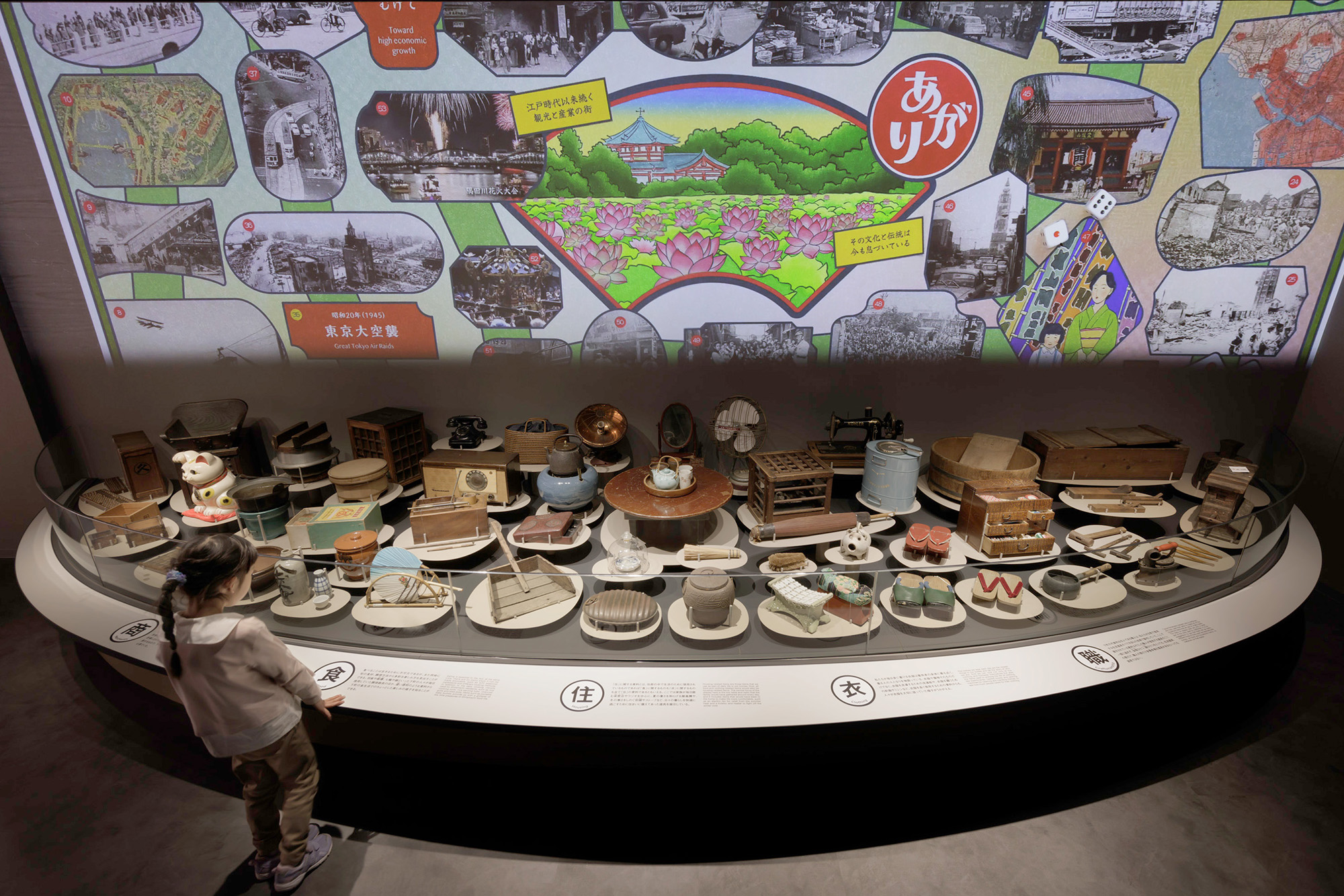
Taito City Shitamachi Museum
Set in Taito Ward, it traces the memories of the downtown area and evokes the scenery and emotions of the city in the past
- Cultural Spaces
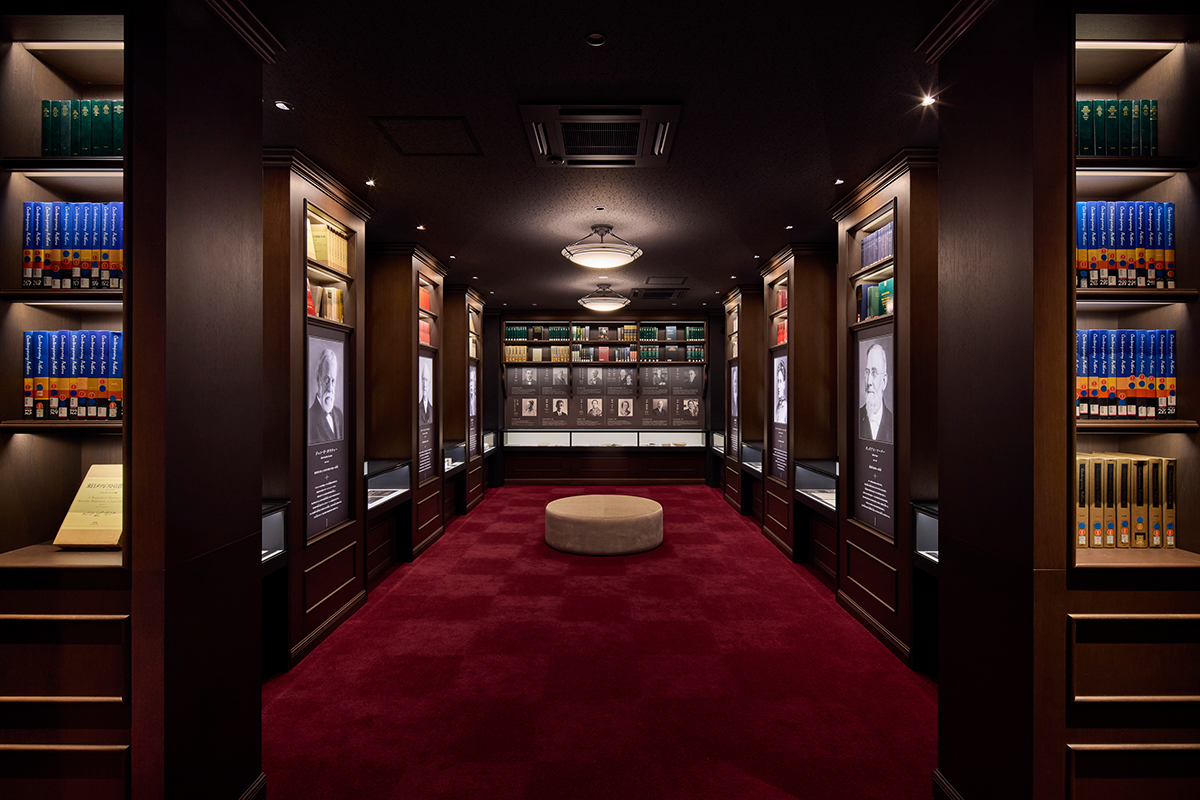
Aoyama Gakuin Museum
The thoughts of people associated with Aoyama Gakuin are woven together through light, gently enveloping and quietly guiding visitors.
- Cultural Spaces
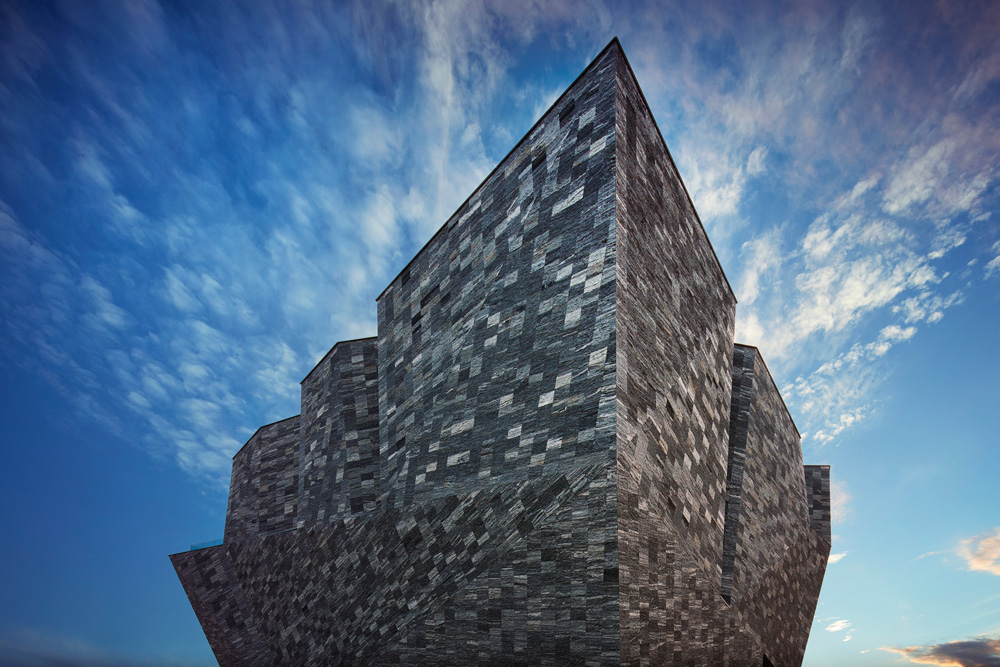
Kadokawa Musashino Museum
A new concept cultural complex that combines a library, art gallery, and museum
- Cultural Spaces
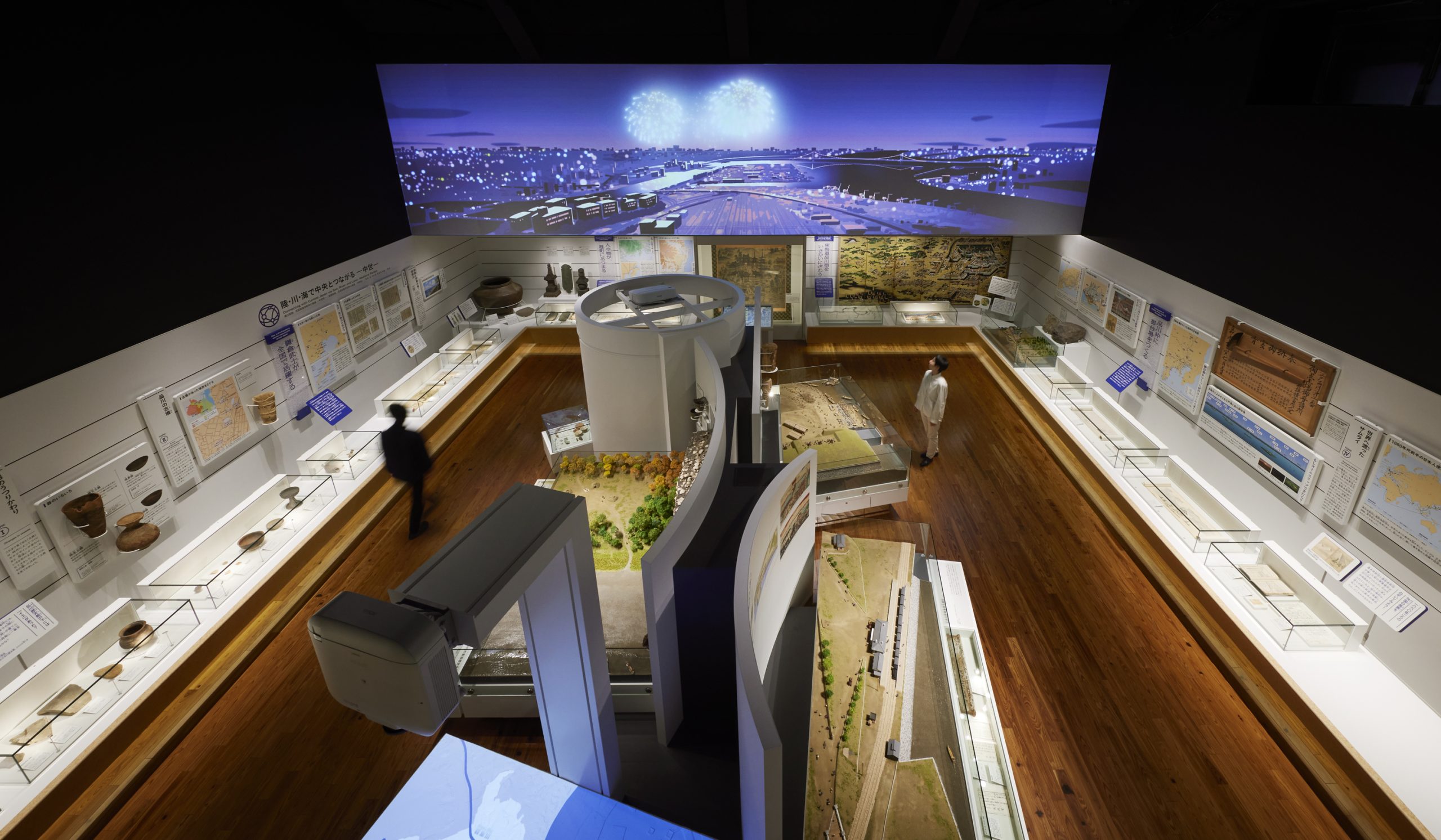
Shinagawa Historical Museum Renewal
Visit the "Live Museum" to learn about the past and present of Shinagawa, a city connected to the world
- Cultural Spaces
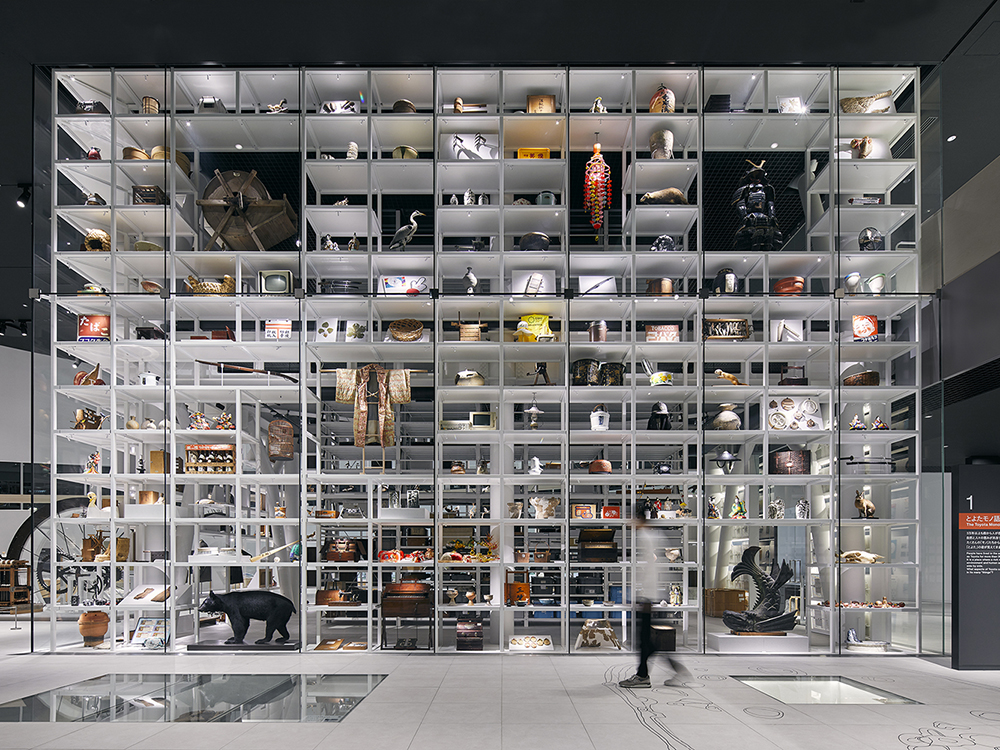
Toyota City Museum
A museum that is continually created by everyone, where a diverse range of people, primarily local residents, can gather and interact
- Cultural Spaces
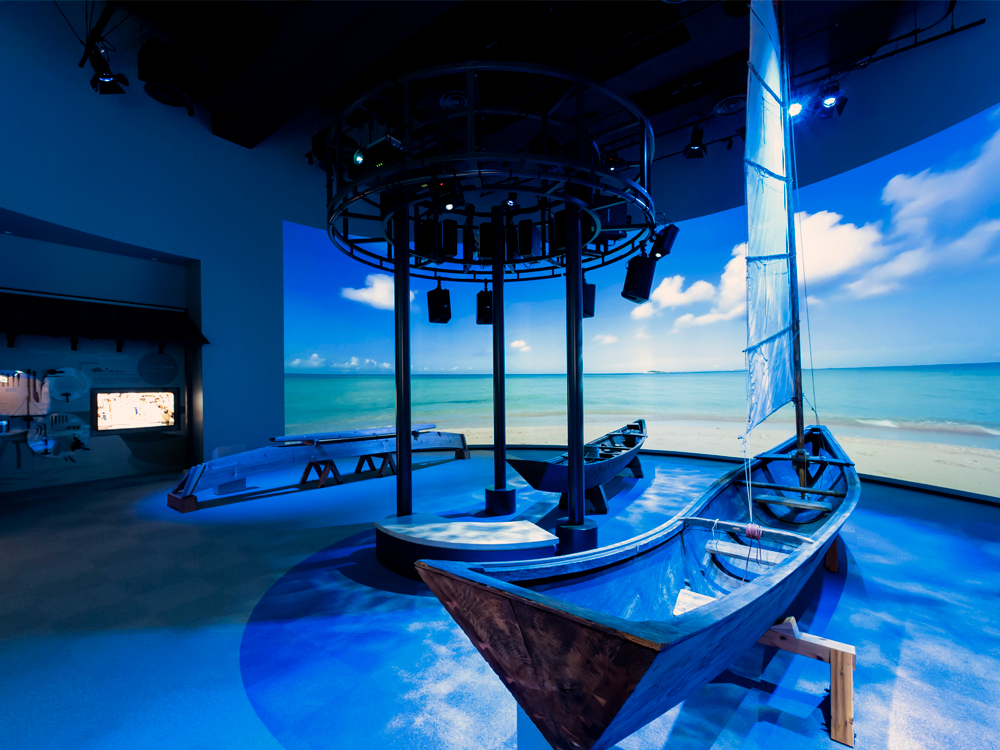
Itoman City Tourism and Cultural Exchange Center Facility Kukuru Itoman
Unraveling the history and culture of Itoman and passing on its diverse charms to the future
- Cultural Spaces
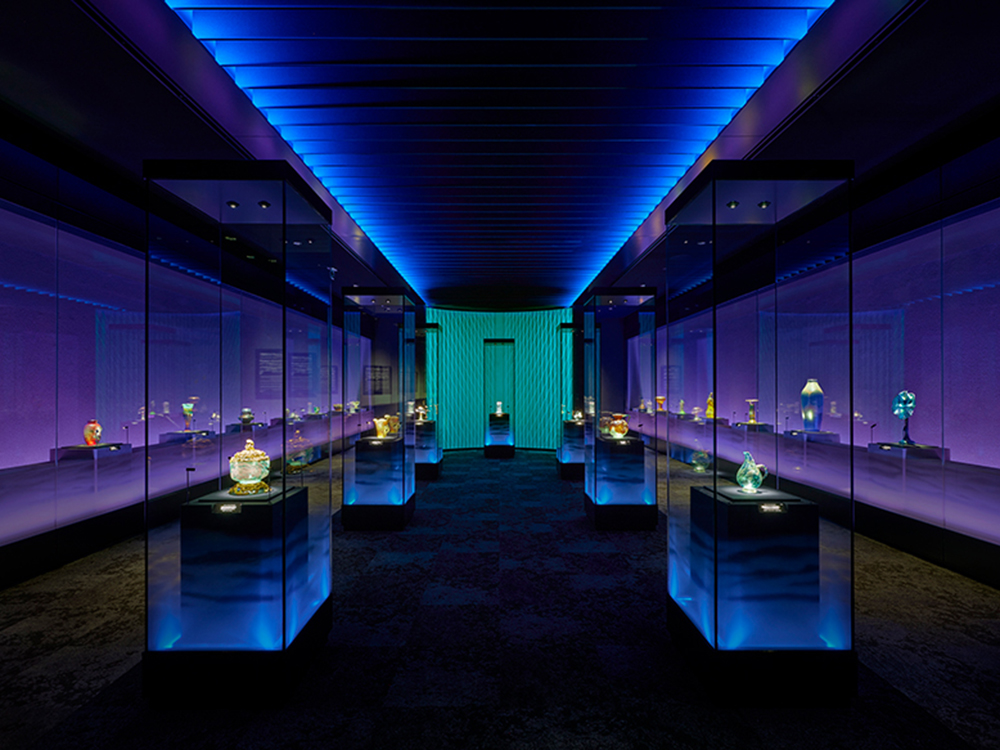
Hida Takayama Museum of Art
Creating a space for art appreciation in a space where you can feel the nature of Hida Takayama and the changing seasons
- Cultural Spaces
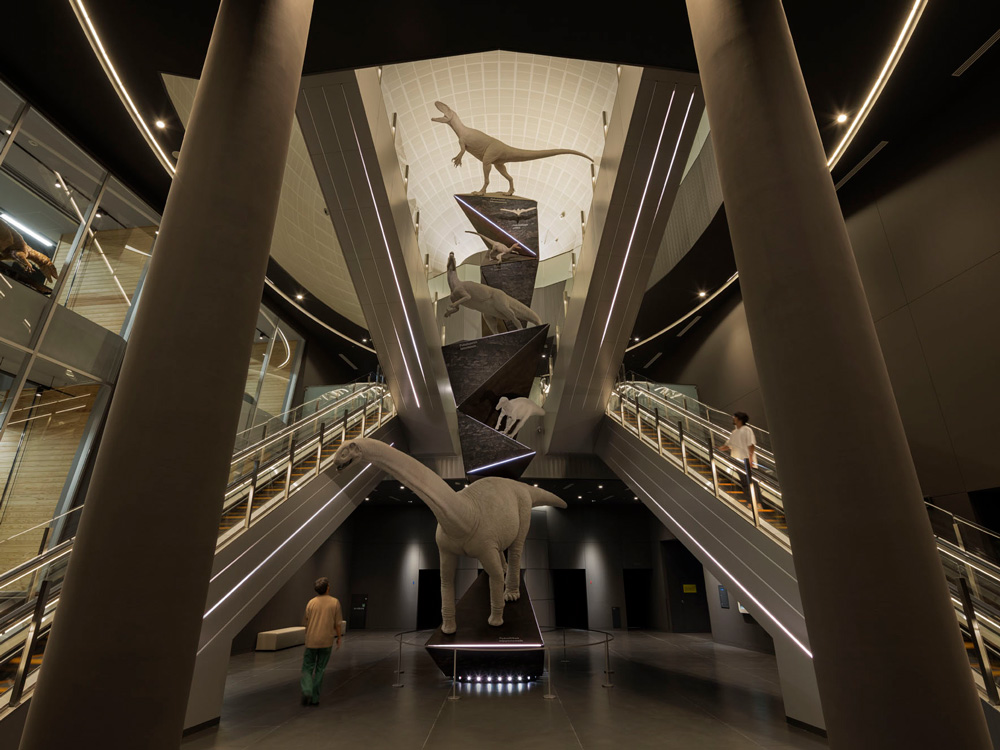
Fukui Prefectural Dinosaur Museum (New Building)
Strengthening both exhibitions and hospitality to improve visitor satisfaction throughout the year
- Cultural Spaces
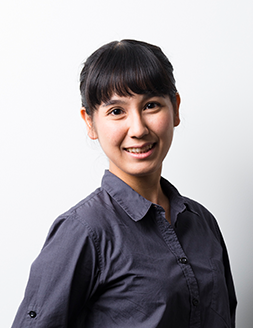
Display Planning
Mugiko Komatsuda
We are in charge of planning museums with a wide range of themes, including history, nature, science, and corporate technology. Through careful research and communication, we shed light on attractions that even the clients themselves may not be aware of, creating exhibition spaces that can be enjoyed by many people.
